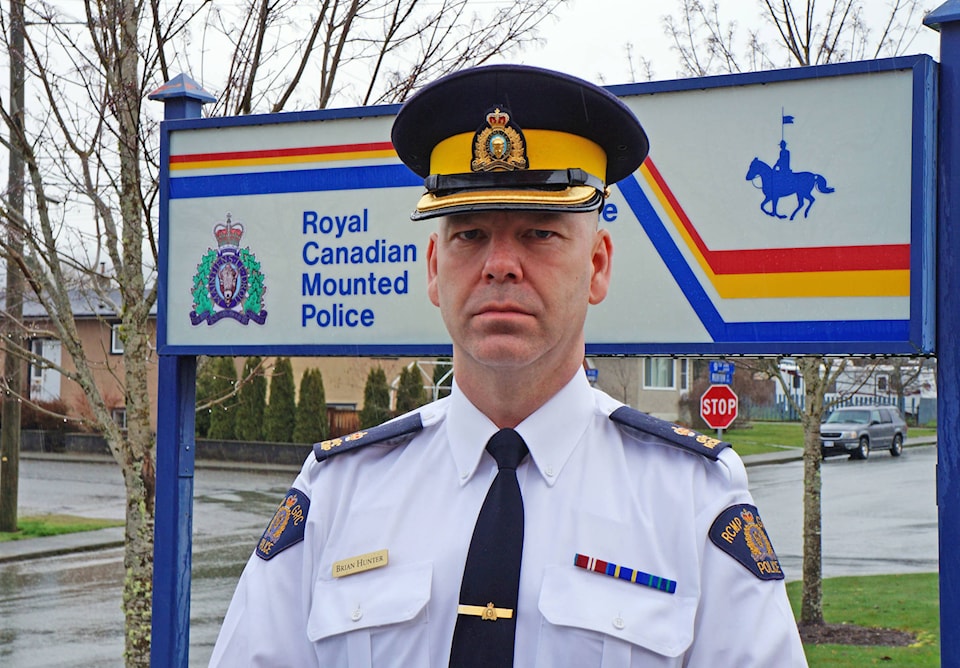BY MIKE YOUDS
Special to the News
Crime has risen in some categories in Port Alberni, but the latest enforcement statistics seem to suggest person-related crimes are right off the charts on Vancouver Island.
The anomaly is due a change in the way the RCMP submits numbers to Statistics Canada, Insp. Brian Hunter explained to Port Alberni City Council earlier this week.
Until now, police submitted to Stats Can only those crimes that they could substantiate. As of the second quarter of 2019, all reported crimes are tallied, regardless of whether crimes are substantiated or not.
The statistics suggest criminal offences in the valley rose by 24 percent over last year at this time while crime on the Island as a whole shot up by a staggering 47 percent. In fact, the numbers are skewed by a change in statistical record-keeping.
“The numbers are inflated right across the nation,” as a result, Hunter said.
In reality, Port Alberni compares favourably with neighbouring municipalities on eastern Vancouver Island, Hunter noted. Having said that, he pointed to a continuing crime wave affecting communities across the board: “I’m not saying we’re in good shape; I’m saying we’re in the same boat as others.”
Overall, calls for police service in Port Alberni are up by 16 percent over second quarter 2018.
“Society is having challenges right now with criminal activity. It’s not just Port Alberni.”
He cited comparisons with other Island municipalities to show that, contrary to local speculation, Port Alberni isn’t unique.
“We do have an increase in property crime regardless of our statistical reporting.”
Property crime rose by 38 percent over the same quarter of 2018. Much of the increase was owing to increased theft from vehicles with reports more than doubling to 77 from 34 in 2018. The police inspector described it as a “dramatic increase.
“This is a symptom of addiction and people are feeding their addiction,” he said.
“Everyone really is struggling with the same challenge in mental health and property crimes,” said Mayor Sharie Minions.
Hunter acknowledged the sense of frustration in the community over property theft, yet he warned property owners not to take matters into their own hands by accosting perpetrators. He also noted that police check suspicious bicycles that may be stolen, so registering serial numbers through 529.com can help recover stolen bikes.
Auto theft and causing a disturbance were among the few categories in which reports dropped in the community. Vehicle thefts declined to six from 11.
All neighbouring east coast municipalities have seen higher increases in criminal code offences, Hunter said.
On a positive note, the local detachment reports a 50 percent “clearance rate,” which measures the number of charges arising from reported crimes, Hunter said. The B.C. average is 27 percent.
Hunter also mentioned a new street-level outreach program that has RCMP’s Indigenous policing unit, Nuu-chah-nulth partners and health agencies working together to pro-actively engage people before they come into conflict with the law.
“It’s a pilot, I think, that will be something to follow across the country,” he said. “I’m very excited about this.”
